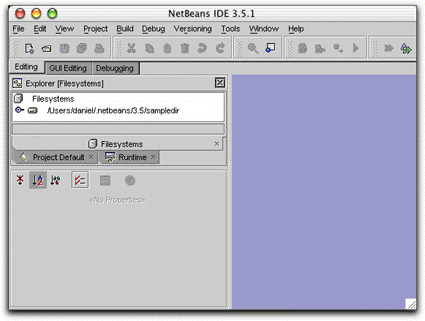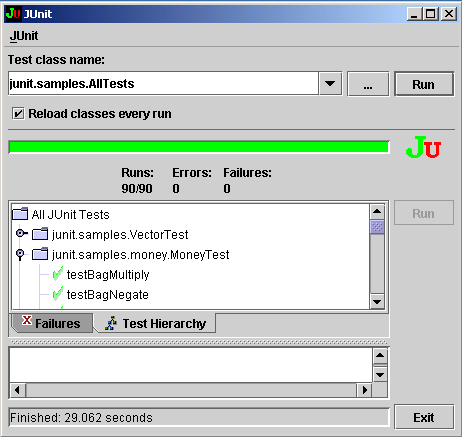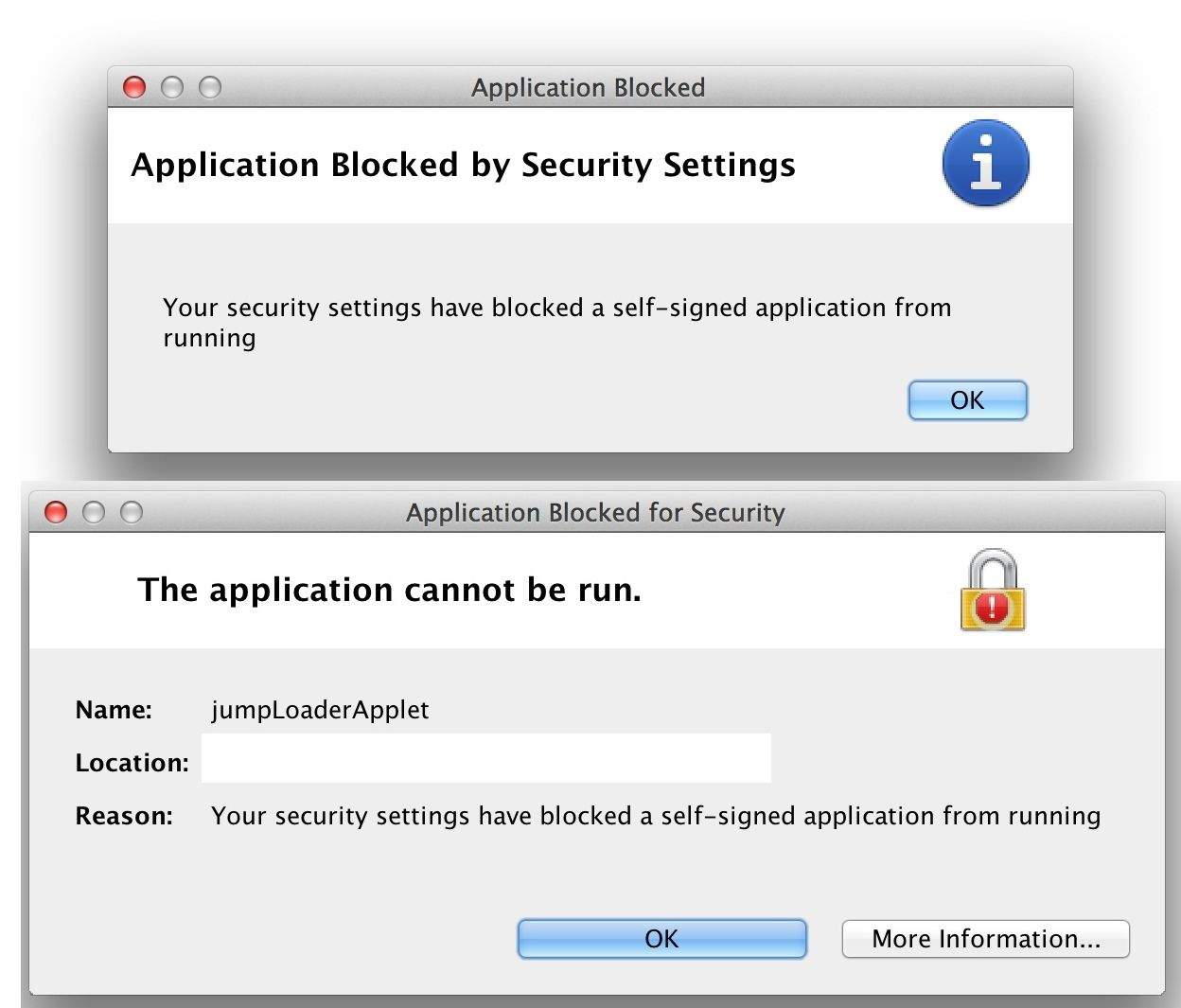I'm pretty sure my problem is about the same. Basically I cant install the Java 7 update cause I get an error message during download telling me I dont have mac os x 10.7 or higher....but I do. The Oracle Java update for Lion just isnt recognizing it! I have mac os x lion 10.7.5 on my laptop and for some reason, certain Pogo games wont load...it says its loading but never does and just closes. I went to the help page, did what it said, I scanned for current updates, installed them, rebooted then went back to Pogo and clicked on the java test link to see what version im running. I got the error 'missing plug in' so I clicked on it and was taken to Java's website for instructions, clicked 'Download Java for Mac OS X,' then hit sytem requirements and saw that I had to be running os x 10.7.3 or above and I have 10.7.5. I was good to go, hit download and now Im here! Annoyed and confused beause updates and upgrades are pretty basic and simple. You either meet the system requirements or you dont. I meet them but cant get them cause it says I dont....its a viscious cycle and Im rambling like a madwoman! Is there an easy yes or no answer to this, maybe a follow steps 1,2,3 A,B,C you can post for non computer savvy moms? LOL I just want the handful of Pogo games I used to be able to play, to play again...nothing complicated! And why is it only some games and not all of them? Dont answer that, my hair already hurts...haha

Im not much of a computer person, but Im sure thats more than obvious, so my apologies if my problem has nothing to do with this one....tell me where to go or what forum to read thru for help. I also want to pologize in advance for the help Im gonna need after I get this updated! lol I hear the update has something screwy with the plugins being enabled and that its another nightmare with this whole new oracle java deal. Hmmm, maybe I shouldnt even do this java update. 😕 😁

Mac OS X and Apple Java 6 End of Life. Apple has posted notice that Mac OS X 10.11 (El Capitan) will be the last OS X release that supports Java 6, and as such, recommends developers whose applications depend on Java 6 to migrate their apps to a newer Java version provided by Oracle. » More info (apple.com). Because Java for OS X is so easy installable and the operating system will notify you to install it right away the first time you're trying to run a Java application on your Mac, developers that use it to create their applications can start distributing them on the Mac platform right away. Oct 26, 2017 Download Java for OS X 2017-001 Java for macOS 2017-001 installs the legacy Java 6 runtime for macOS 10.13 High Sierra, macOS 10.12 Sierra, macOS 10.11 El Capitan, macOS 10.10 Yosemite, macOS 10.9 Mavericks, macOS 10.8 Mountain Lion, and macOS 10.7 Lion.
Nov 29, 2012 2:37 PM
xml:lang='en-US'>These documentation pages are no longer current. They remain available for archival purposes. Please visit https://docs.oracle.com/javase for the most up-to-date documentation.
This page shows you, step by step, how to convert a simple Java application to a version you can distribute on a Mac. To follow along, download the ButtonDemo (.zip) example from the Java Tutorial. This example was created using NetBeans which uses the Ant utility. You can run all necessary tools and make all necessary edits from the command line, without launching NetBeans. The Ant tool is required.

You have created a Java application and want to bundle it for deployment. This requires the following steps:
Create a JAR File
This step creates the ButtonDemo.jar file.
Execute ant jar in the high-level project directory to create the dist/ButtonDemo.jar file. This jar file is used to create the .app package.
Bundle the JAR File into an App Package
To create the ButtonDemo.app package, use the appbundler tool. The appbundler is not shipped with the 7u6 version of the Oracle JDK for the Mac. You can download it from the Java Application Bundler project on java.net. There is also AppBundler Documentation available.
As of this writing, the most recent version is appbundler-1.0.jar, which is used by this document. Download the latest version available and substitute the file name accordingly.
- Install the appbundler-1.0.jar file. In this case, create a lib directory in the high-level project directory and add the appbundler-1.0.jar file.
- Modify the build.xml file in the high-level project directory as follows. (The added code is shown in bold.)
- Invoke the appbundler by typing ant bundle-buttonDemo from the high-level project directory. This creates the ButtonDemo.app package in the dist directory.
- You should now be able to launch the application by double clicking ButtonDemo.app in the Finder, or by typing open ButtonDemo.app at the command line.
Bundle the JRE with the App Package
In order to distribute a Java application, you want to avoid dependencies on third party software. Your app package should include the Java Runtime Environment, or JRE. In fact, the Apple Store requires the use of an embedded JRE as a prerequisite for Mac App Store distribution. The runtime sub-element of the <bundleapp> task specifies the root of the JRE that will be included in the app package.
In this example, the location of the JRE is defined using the JAVA_HOME environment variable. However, you might choose to bundle a JRE that is not the same as the one you are using for development. For example you might be developing on 7u6, but you need to bundle the app with 7u4. You will define runtime accordingly.
Since this example defines the runtime sub-element using JAVA_HOME, make sure it is configured correctly for your environment. For example, in your .bashrc file, define JAVA_HOME as follows:
Use the following steps to modify the build.xml file at the top of the project directory:
- Specify an environment property, named env:
- In the target that creates the bundle, specify the location of the JRE on your system, using the env property:
The resulting build.xml file should look like the following. (The new lines are shown in bold.)
Create a fresh version of ButtonDemo.app, using the ant bundle-buttonDemo command. The resulting version includes the JRE in the app package. You can confirm this by examining the Contents/PlugIns directory inside of the app package.
Sign the App
Java For Mac Os X 10.5
The Gatekeeper feature, introduced in Mountain Lion (OS X 10.8), allows users to set the level of security for downloaded applications. By default, Gatekeeper is set to allow only OS X App Store and Developer ID signed applications. Unless your app is signed with a Developer ID certificate provided by Apple, your application will not launch on a system with Gatekeeper's default settings.
For information on the signing certificates available, see Code Signing Tasks on developer.apple.com.
The signing certificate contains a field called Common Name. Use the string from the Common Name field to sign your application.

Sign your app using the codesign(1) tool, as shown in the following example:
To verify that the app is signed, the following command provides information about the signing status of the app:
To check whether an application can be launched when Gatekeeper is enabled, use the spctl command:
If you leave off the --verbose tag, and it does not print any output, indicates 'success'.
For more information, see Distributing Outside the Mac App Store on developer.apple.com.
Submitting an App to the Mac App Store
Packaging an app for the Mac App Store is similar to packaging for regular distribution up until the step of signing the app. Signing the app for the Mac App Store requires a few more steps, and a different kind of certificate.
You will need to create an application ID and then obtain a distribution certificate for that application ID. Submit your app using Application Loader. For more information, see the following links (on developer.apple.com):
Download Java For Os X
